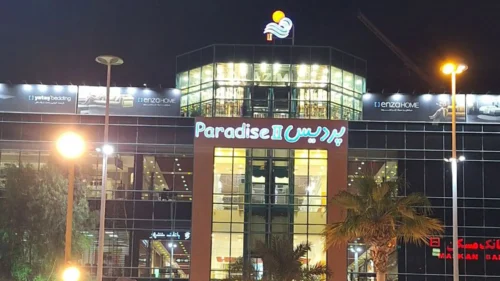
وبلاگ سپهران | Attractions | The Best Observatories in Iran: A Gateway to the Stars
The Best Observatories in Iran is a gateway to the stars. Iran, a land steeped in a rich scientific heritage and situated at the crossroads of ancient civilizations, has long been a center for astronomical exploration. With clear skies, varied altitudes, and a deep-rooted cultural fascination with the cosmos, the country offers an ideal environment for both modern and historical astronomical research. Over the centuries, Iranian scholars and scientists have made significant contributions to the advancement of astronomy, producing renowned figures such as Khajeh Nasir al-Din al-Tusi and Abu Rayhan al-Biruni. Today, this legacy continues through a growing network of observatories, ranging from historical monuments of medieval science to cutting-edge research facilities outfitted with powerful telescopes and instruments.
In this article, we delve into Iran’s most important observatories — both ancient and modern — and examine how each contributes to the country’s scientific, educational, and cultural landscape. These observatories serve not only as centers for academic research but also as platforms for public engagement, educational outreach, and national pride. From the majestic mountaintop domes to the remnants of medieval astronomy, Iran’s observatories reflect a nation’s commitment to exploring the stars. Join us in this article from Sepehan Blog.
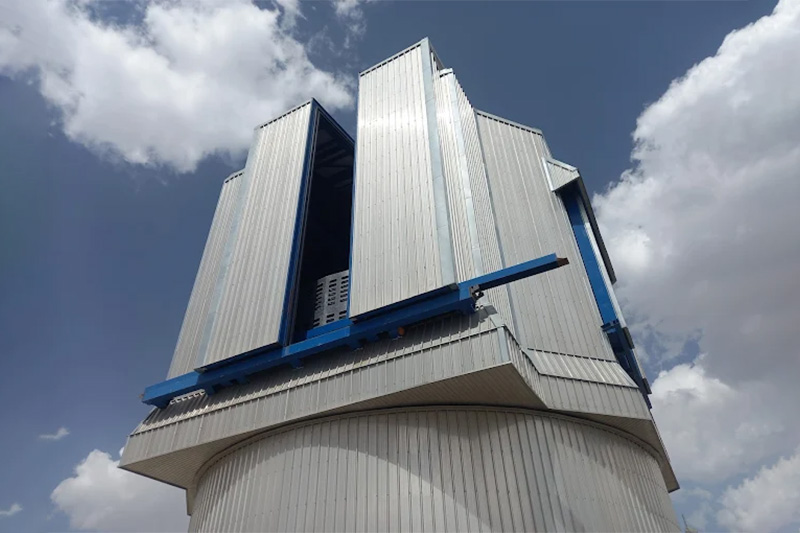
The Iranian National Observatory is undoubtedly one of the most ambitious and significant scientific infrastructure projects in the history of modern Iran. It stands as the country’s first large-scale initiative in fundamental science after many decades of delay and planning. Finally inaugurated in 2021, the observatory marks a significant milestone for Iranian astronomy, promising to put the country on the global map of advanced space research.
Situated on Mount Gargash, the second-highest peak in the Karkas mountain range, the INO boasts ideal observational conditions due to its low light pollution and high altitude. Its central instrument is a 3.4-meter Ritchey-Chrétien Cassegrain telescope — the largest optical telescope ever built in Iran. The primary mirror has a diameter of 3.4 meters, and the secondary mirror measures 60 centimetres in diameter. Remarkably, both the telescope and its supporting infrastructure were designed and manufactured domestically by Iranian engineers and industries.
In October 2022, the INO released its first set of images captured by the telescope, marking the beginning of its active observational operations. The observatory is designed not only for scientific discovery but also for educational outreach and engagement. Astronomy enthusiasts and researchers interested in visiting the site must register through the INO’s official website and submit their completed application to ino@ipm.ir.
The Iranian National Observatory represents a significant milestone in Iran’s pursuit to establish itself as a regional hub for astrophysical research, enabling participation in international collaborations and long-term observational projects. It is one of the Best Observatories in Iran.
Address: Gargash site, Isfahan province, Natanz county, Kamo and Chogan city
Phone: +98 21 2281 0340
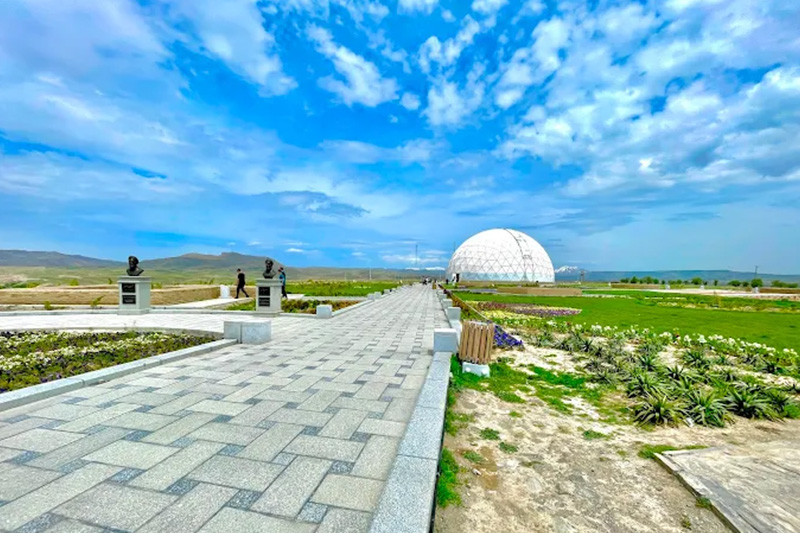
The Maragheh Observatory is not only one of Iran’s most treasured historical sites but also one of the Best Observatories in Iran. Additionally, it was one of the most significant astronomical centers of the medieval Islamic world. Constructed in 1259 CE (638 AH) during the rule of Hulagu Khan of the Ilkhanate, it was the brainchild of the eminent Persian scholar Khajeh Nasir al-Din al-Tusi, who oversaw its design and scientific programs.
Built atop a 110-meter-high hill near the city of Maragheh, the observatory was constructed over 15 years. Though only a fraction of its original structure remains today, the site once featured advanced astronomical instruments and a substantial scientific library. During its operational years, the observatory was considered the largest and most advanced of its time globally.
Tusi and his colleagues compiled the famous Ilkhani Zij— a comprehensive astronomical table — within its walls, despite the absence of modern telescopes. The instruments used at Maragheh, such as the mural quadrant (with a radius of 430 cm), armillary spheres, solstitial and equinoctial rings, and azimuth circles, were all devised by Iranian scientists using indigenous knowledge and craftsmanship.
The observatory’s central tower was a cylindrical structure 22 meters in diameter with 80-centimetre-thick walls, constructed using stone, plaster, and carved pebbles. Adjacent to the main observatory were additional buildings: one served as the scientists’ living quarters, while another housed a massive library with an estimated 400,000 manuscripts.
Even centuries after its decline, Maragheh Observatory continues to be revered as a monument to Iran’s intellectual past and astronomical excellence.
Address: Rasadkhaneh Street, Maragheh, East Azerbaijan Province, Iran
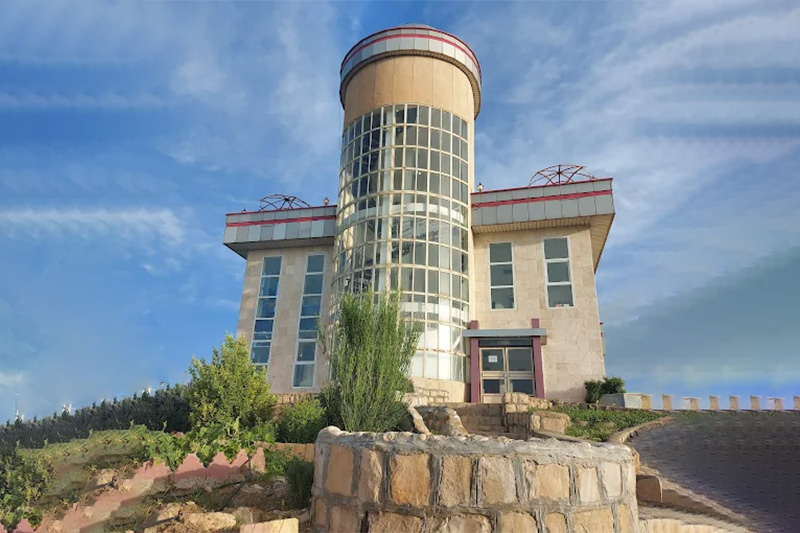
Kasin Observatory, located in Khorramabad, Lorestan Province, is widely recognized as the most modern astronomical facility in the Middle East. Positioned at an altitude of 1,700 meters above sea level atop Mount Madbeh — often referred to as the “Roof of Khorramabad” — it provides optimal conditions for celestial observation.
The observatory is equipped with an impressive array of 16 telescopes, among which the Coronado Solar Telescope and the central Celestron telescope hold particular scientific significance. The Coronado is specially designed to observe solar phenomena, including solar flares and sunspots.
Complementing the telescopic infrastructure are three planetariums — one fixed and two mobile — designed to enhance public engagement and educational activities. The site also features a photography exhibition, a library, a robotics lab, and a fully equipped amphitheatre, making it a multidisciplinary center for science and outreach.
Kasin Observatory functions not only as a hub for research but also as a space for community-based science education, hosting workshops, exhibitions, and skywatching events for the general public and students alike. It is one of the Best Observatories in Iran.
Address: Shariati Street, Bam-e-Khorramabad, Khorramabad, Lorestan Province, Iran
Phone: +98 66 3320 6068
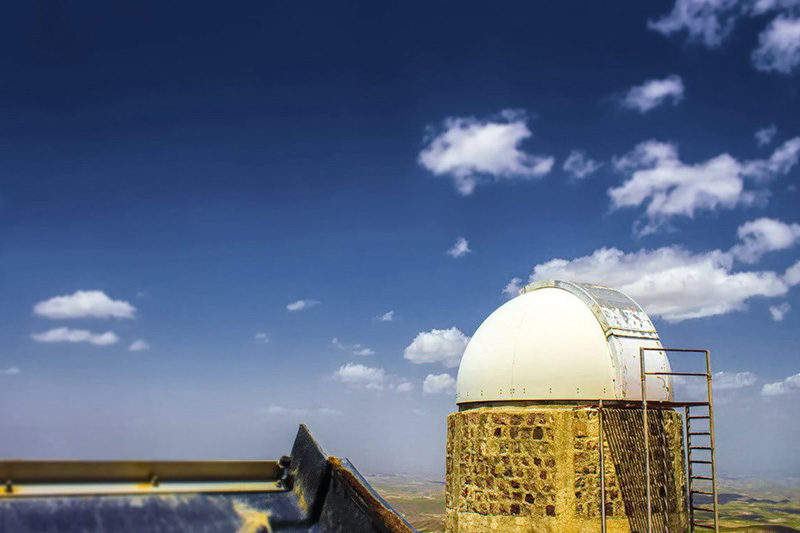
Located in the southern part of Tabriz on Mount Bilindi, this observatory bears the name of the celebrated Persian polymath Khajeh Nasir al-Din al-Tusi, paying tribute to his immense contributions to astronomy. It houses a suite of powerful instruments, most notably a refracting solar telescope used for monitoring solar activities, such as sunspots and solar flares.
The observatory features two telescopes with diameters of 40 cm and 60 cm, each equipped with advanced electronic control panels. In 2016, the facility added a new 24-inch (60.96 cm) active telescope, further expanding its observational capabilities. Each of these telescopes is housed within a separate, three-story dome equipped with specialised features to enhance precision and minimise atmospheric interference.
Additional infrastructure includes two generators (32 kW and 5 kW) and a dedicated research building for resident scientists and visiting astronomers. The observatory is considered one of the largest active astronomical research centres in Iran, playing a central role in solar studies and professional sky observation. It is one of the Best Observatories in Iran.
Address: Zanjanab Road, Bilindi Mountain, Tabriz, East Azerbaijan Province, Iran
Phone: +98 66 3320 6068
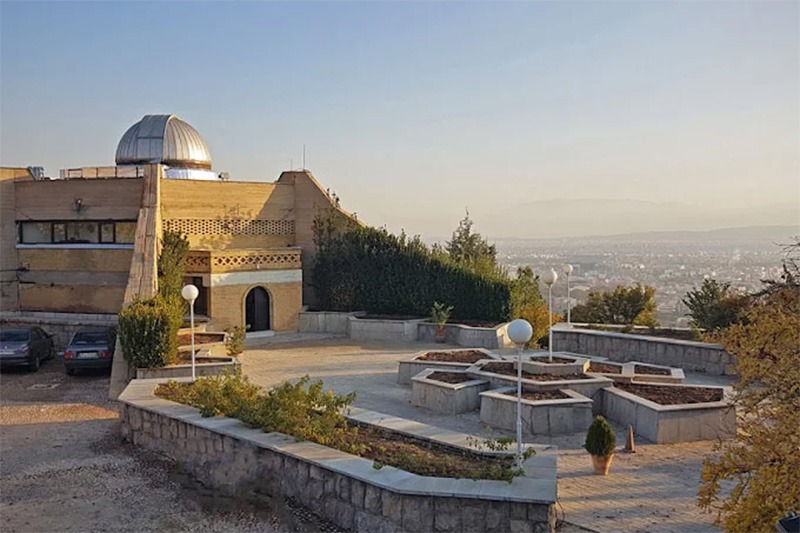
Situated in the northern region of Shiraz, the Abu Rayhan al-Biruni Observatory is part of Shiraz University and was officially inaugurated in 1976 (1355). Named after the renowned medieval Persian scholar Abu Rayhan al-Biruni, this facility is the country’s second-largest active observatory, after the Maragheh Observatory.
The observatory is equipped with a 51-centimetre reflective telescope, complemented by a photometer and computerised data processing systems. These tools allow researchers to conduct professional observations of celestial bodies and gather quantitative data for academic purposes.
Its mission is multifaceted: facilitating advanced astronomical observations, training university students in practical astronomy, and promoting the popularisation of astronomy among the public. Through its unique blend of academic rigor and public outreach, the observatory plays a crucial role in advancing the country’s scientific literacy. It is one of the Best Observatories in Iran.
Address: Eram Square, Shiraz University Campus, Shiraz, Fars Province, Iran
Phone: +98 71 3626 9422
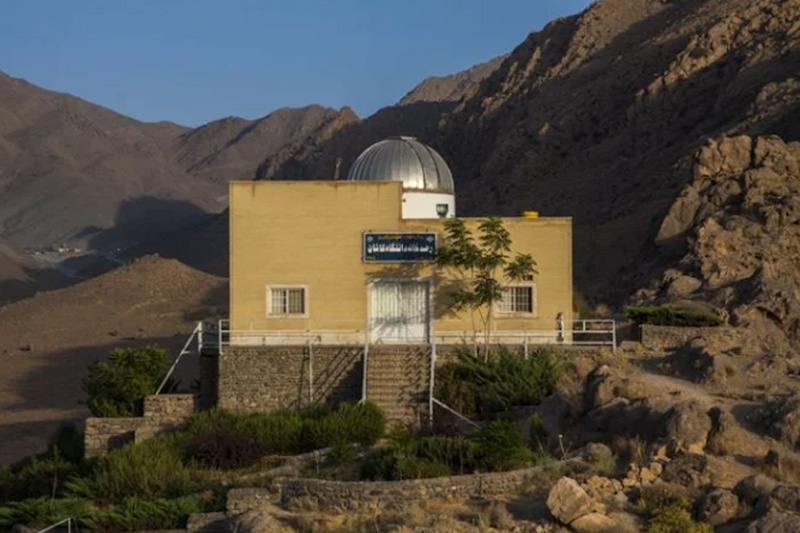
Perched on the heights of the historical town of Neyasar, the Kashan University Observatory was initiated in 2000 (1379 SH) during a ceremony held in honour of the famous Persian astronomer Ghiyath al-Din Jamshid Kashani.
The first phase of the observatory was completed in 2006, comprising a 150-square-meter observatory building and 3,000 square meters of surrounding green space and parking facilities. Geographically, the location offers ideal conditions for astronomical observation, with clear skies and minimal light pollution.
The facility features a dual-layered, fully automated dome with a diameter of 4.5 meters, housing its main 16-inch (40.64 cm) telescope, one of the most active telescopes and one of the Best Observatories in Iran. The observatory is also equipped with six additional telescopes of varying sizes and four large binoculars. Advanced optical and imaging equipment includes a CCD camera, a video CCD, and a digital astrophotography camera.
Beyond its observational tools, the observatory serves as an educational powerhouse, offering a planetarium, a curated library, and a collection of astronomy-related films and educational materials. Its contributions to both research and education make it one of the country’s most valuable scientific assets.
Address: Ma’dan Road, Niasar, Kashan County, Isfahan Province, Iran
Phone: +98 31 5572 3355 – 31557256
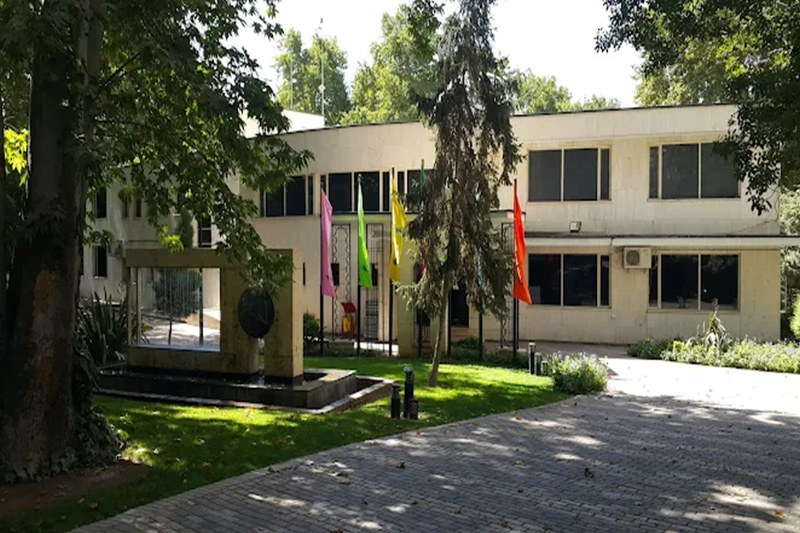
The Science and Astronomy Center of Tehran, operating under the municipality of District 1, was founded in 2000 (1379 SH) and has become a vital institution for public science education in the capital. Built on a 6,000-square-meter plot with a 3,000-square-meter building, the center is dedicated to raising public awareness and appreciation of science, particularly astronomy.
The observatory is outfitted with advanced Schmidt-Cassegrain telescopes in 8-inch, 12-inch, and 14-inch configurations. Automatic finders, GPS systems, and binoculars are also included. The center enables the observation of the sun, the moon, planetary bodies, and various astronomical events, including eclipses and planetary transits.
In addition to public observations, the center hosts regular workshops, astronomy courses, and skywatching events. It has become a beacon for students, amateur astronomers, and families interested in understanding the cosmos in an interactive and friendly setting. This place is one of the Best Observatories in Iran.
Address: No. 22, Shahid Salehi Alley (Arafat), Ammar Street, Shahid Kabiri (Dezashib) Street, Qods Square, Tehran, Iran
Phone: +98 21 9602 7657
Iran’s network of observatories — from ancient marvels like Maragheh to state-of-the-art facilities like the Iranian National Observatory — showcases the country’s enduring passion for understanding the universe. These observatories serve more than just scientific functions; they are symbols of cultural identity, historical pride, and national aspiration. They educate future generations, bridge the gap between science and society, and contribute to the global dialogue in astronomy.
With increased investment in scientific infrastructure and growing public interest, Iran is poised to expand its presence in the astronomical world further. Whether by uncovering the mysteries of distant galaxies or by inspiring young minds to look up at the stars with curiosity and wonder, these observatories are pivotal pillars of Iran’s scientific future.